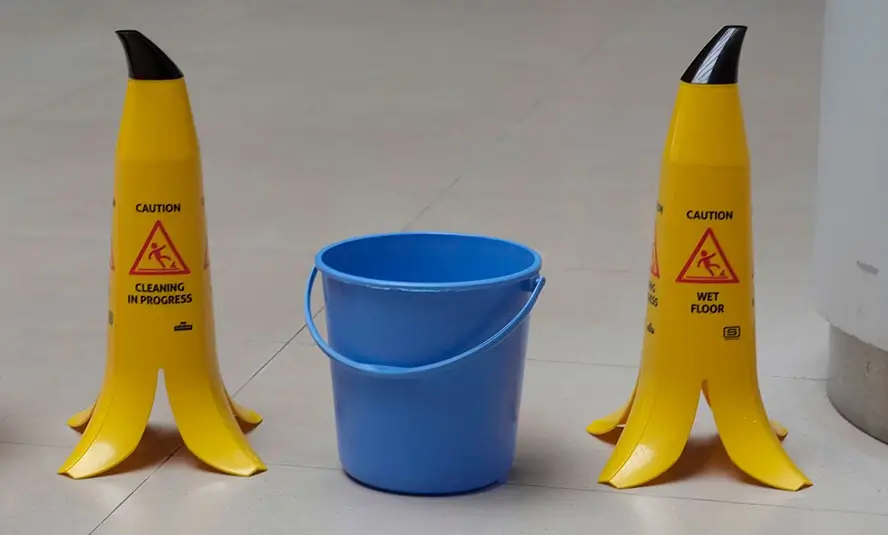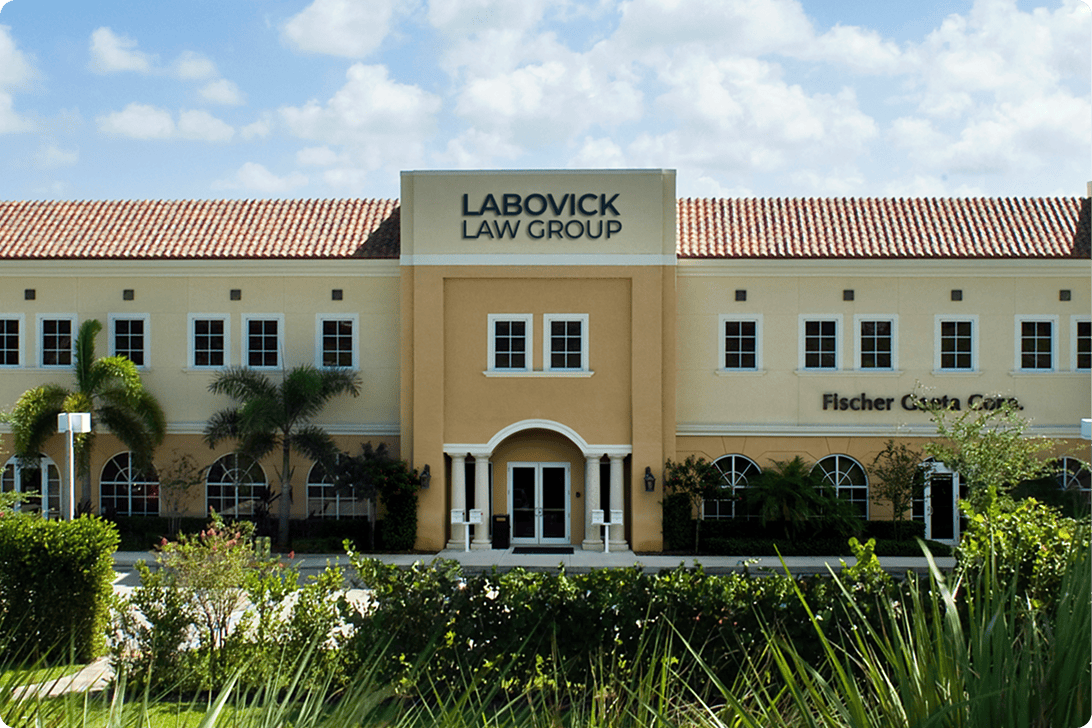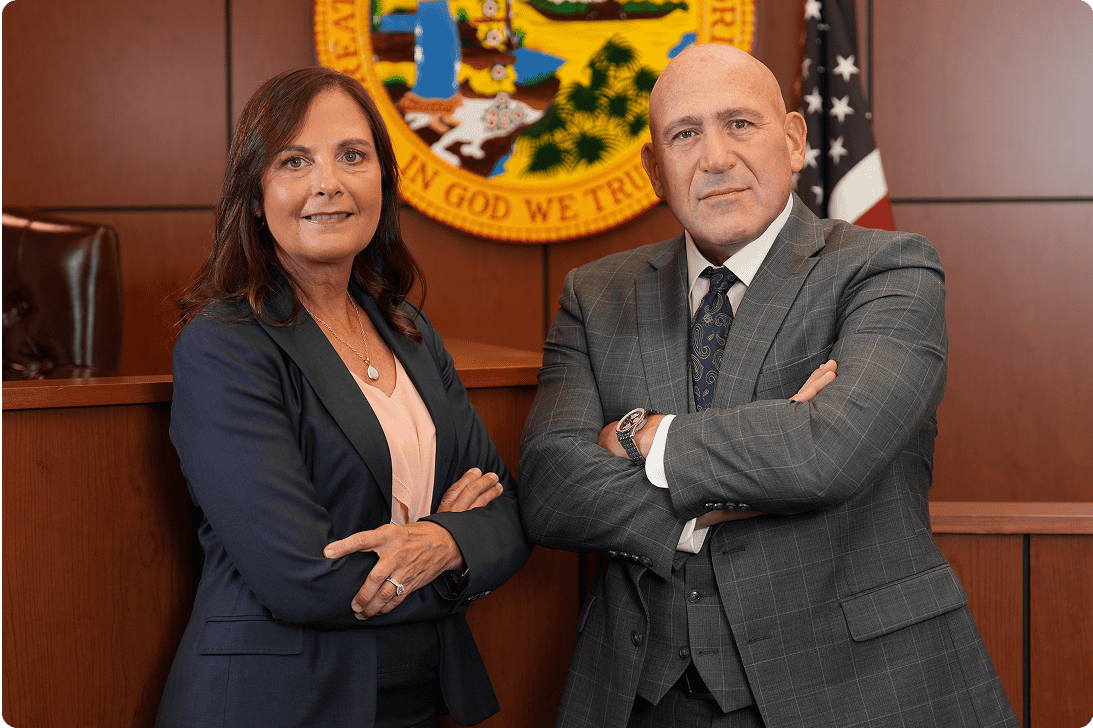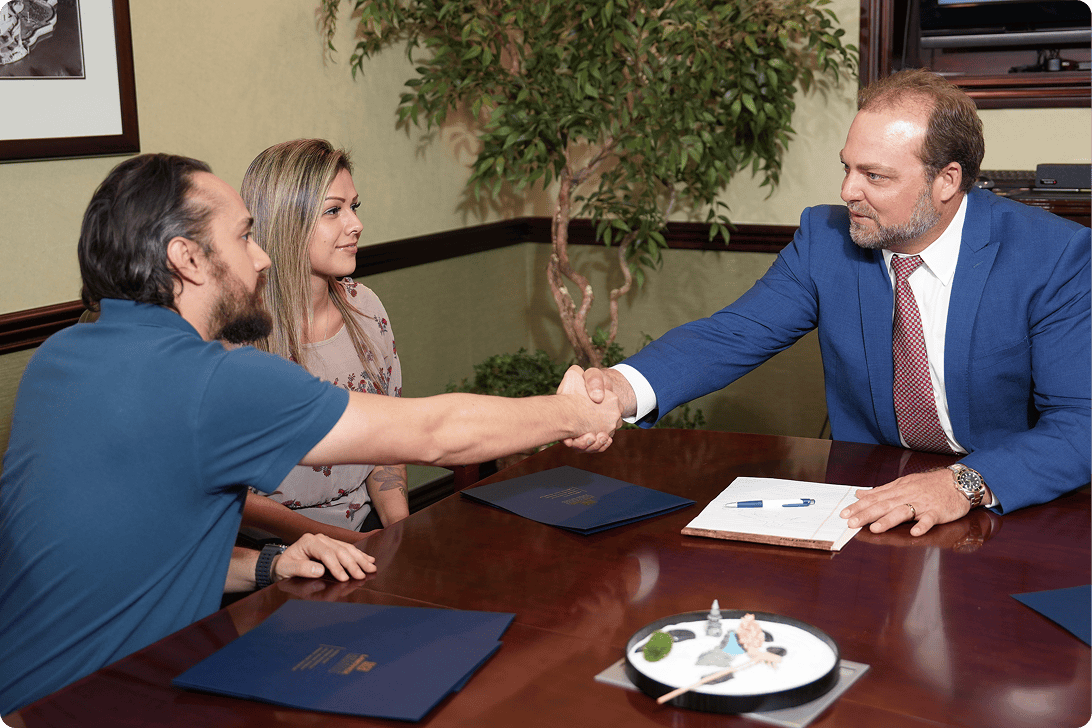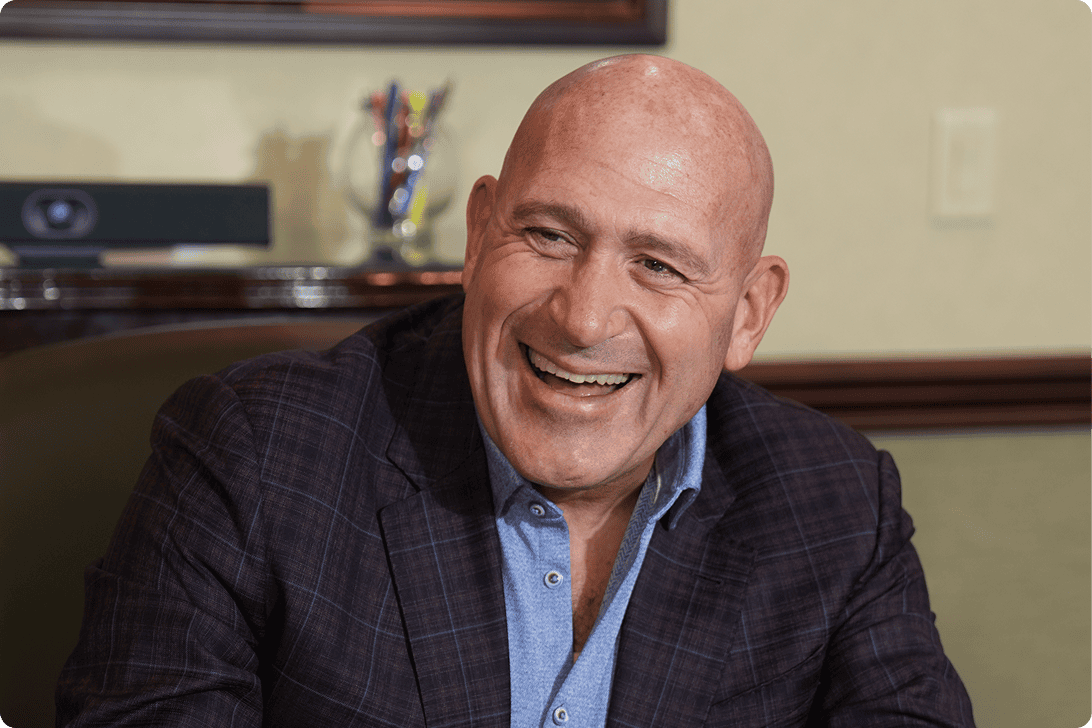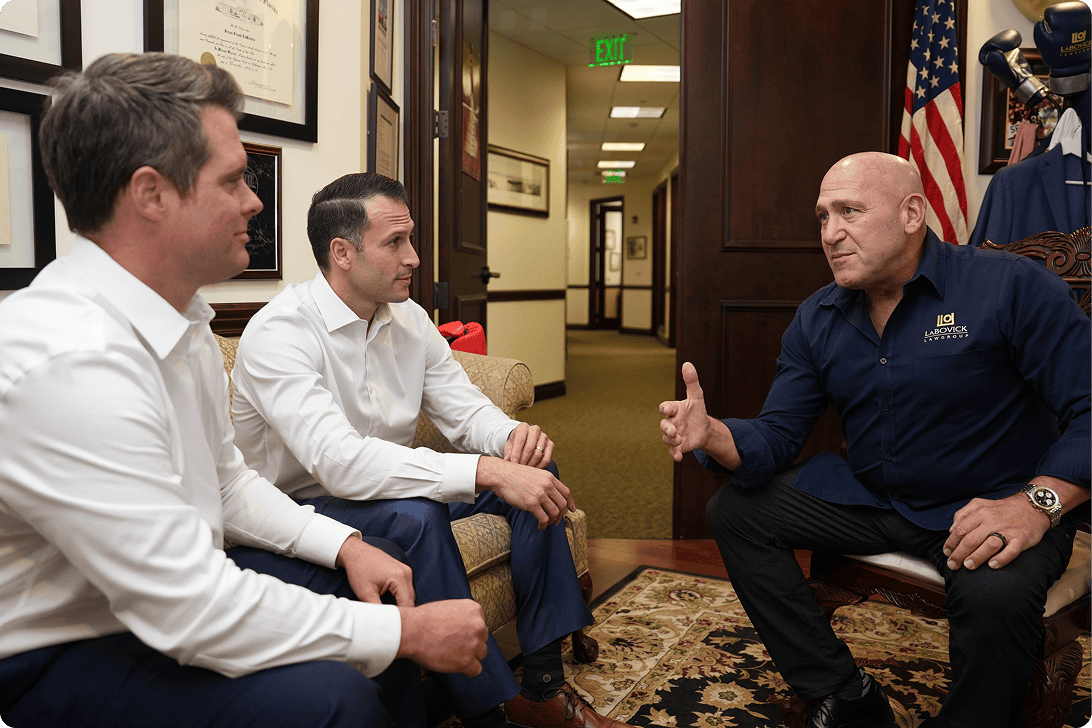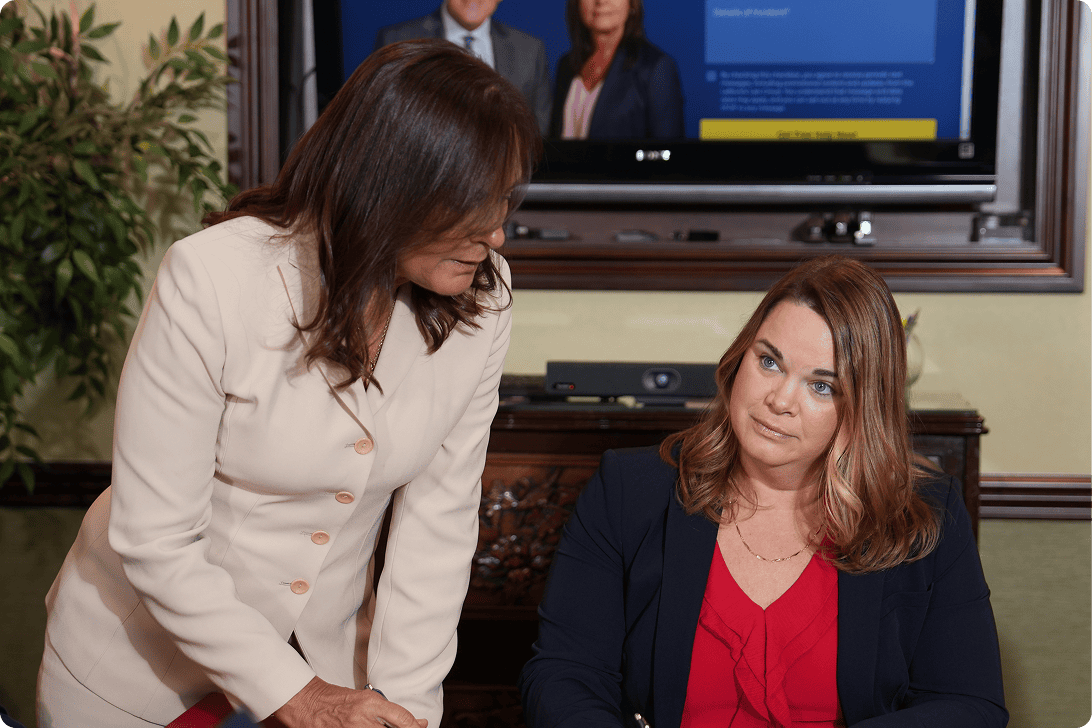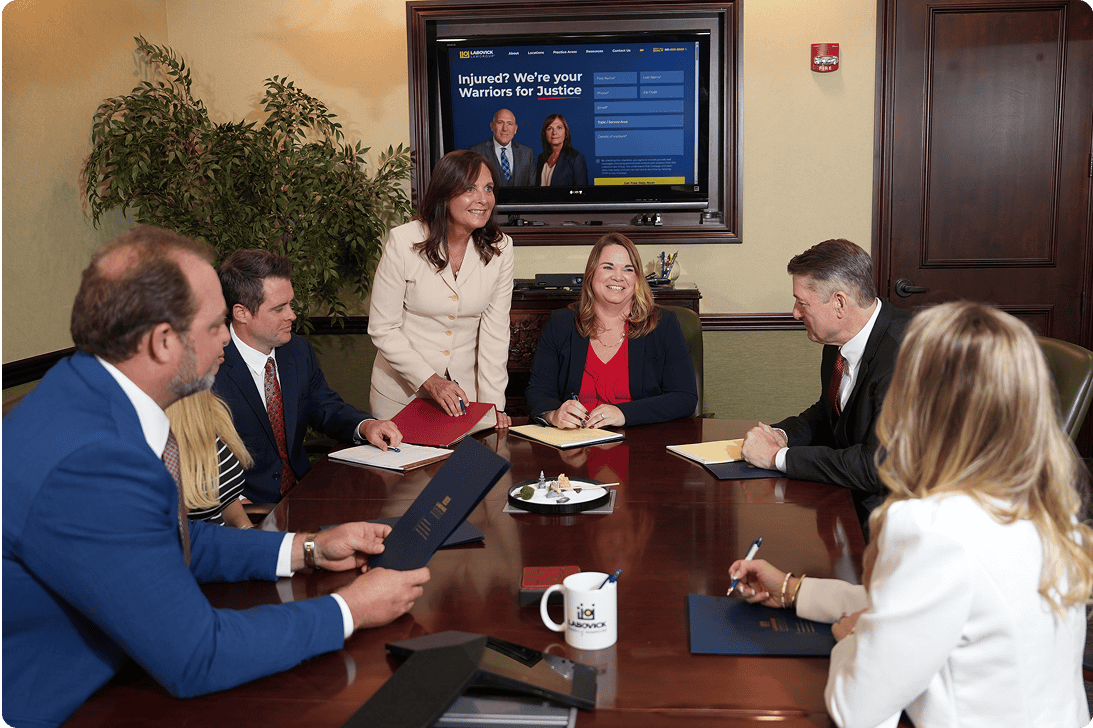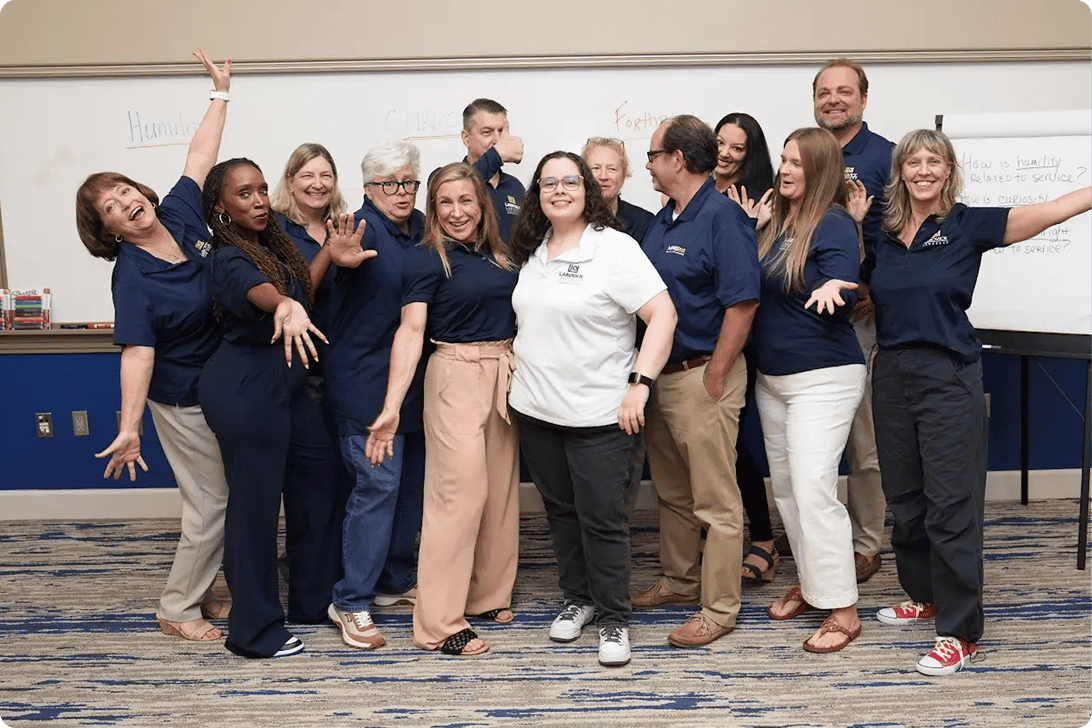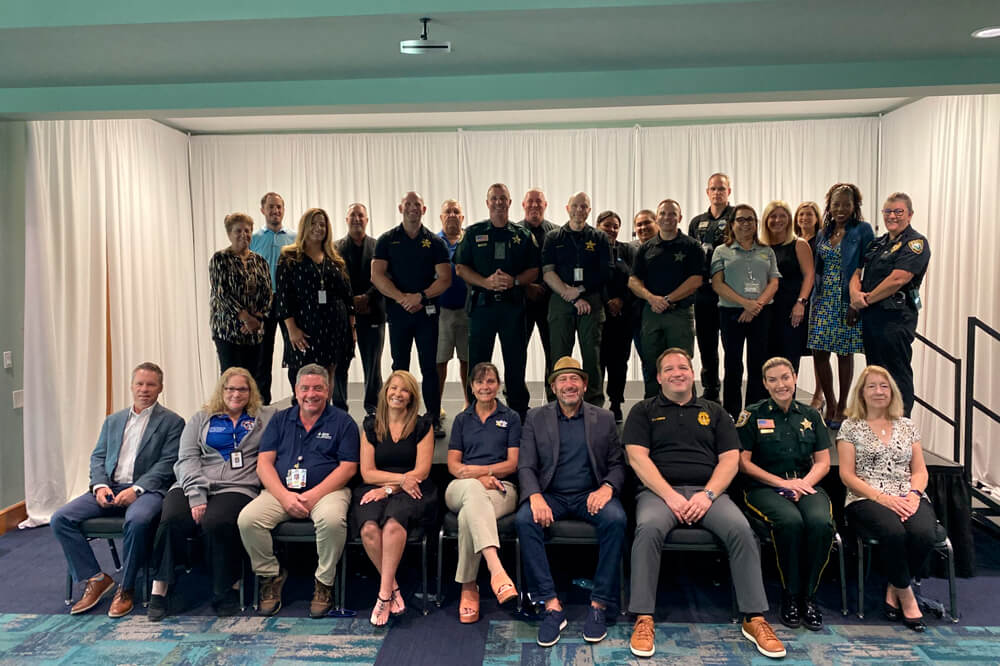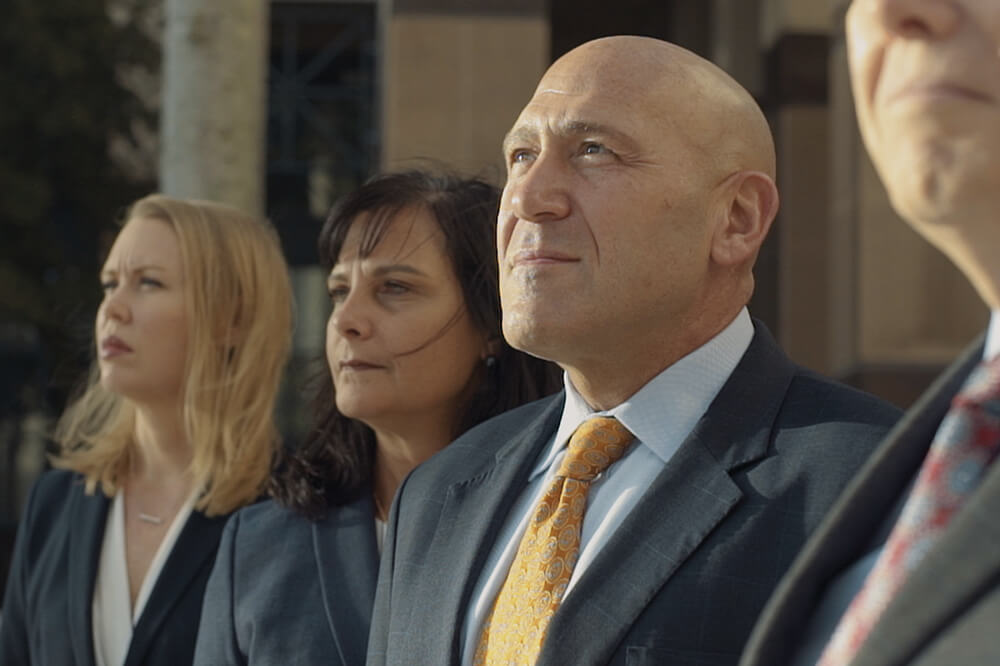The Premise of Slip and Fall Cases
Understanding Premises Liability
Premises liability refers to the legal principle that places the responsibility on property owners for injuries sustained by individuals due to unsafe or defective conditions on their property. This area encompasses not only slips and falls but a variety of accidents.
Situations Leading to Slip and Fall Accidents
Slip and fall accidents can occur under various circumstances, such as:
- Uneven surfaces
- Loose flooring
- Wet or slippery floors
- Poor lighting
- Obstacles like cables or wires on the floor
However, it’s essential to note that not all slip and fall injuries result in legal liability – each case must be evaluated independently.
Entities You Can Claim Against
In slip and fall cases, liability can fall on various entities depending on the specifics of the case:
Property Owners
Property owners have a legal obligation to ensure their premises are safe for visitors. If a dangerous condition exists on their property and they were or should have been, aware of it, they could be held liable for injuries resulting from a slip and fall.
Business Entities
Businesses must ensure their premises are safe for both employees and customers. If a slip and fall accident occurs in a store, restaurant, or other business due to a hazardous condition that the business failed to address, the business could be held liable.
Government Bodies
Government entities can also be held liable for slip and fall accidents, particularly if the accident occurred on government property such as a public sidewalk, park, or government building. However, lawsuits against government bodies have strict notice requirements and shorter time frames.
Landlords and Tenants
Landlords have a duty to ensure that the areas under their control are safe for tenants and visitors. If an accident happens due to a hazardous condition in a common area, the landlord may be held responsible. Likewise, a tenant who creates a dangerous condition could also be held liable.
Maintenance Companies
Often, property owners and businesses hire maintenance companies to manage their properties. If the maintenance company was negligent in their duties, leading to a slip and fall accident, they could also be held liable.
Demonstrating Liability in a Slip and Fall Case
To successfully secure compensation in a slip and fall case, it is crucial to establish liability. This requires proving that the property owner or manager was negligent and that this negligence directly led to your accident. Here’s a closer look at the key steps involved in demonstrating liability:
Proof of Dangerous Condition
First, it must be demonstrated that a dangerous condition existed on the premises. A ‘dangerous condition’ refers to an aspect of the property that presented an unreasonable risk to a person on the premises, and which they could not have anticipated under the circumstances. This could include things like a wet floor, uneven surfaces, poor lighting, or obstacles on the ground.
Owner’s Knowledge or ‘Should Have Known’
Secondly, it must be shown that the owner or occupier of the property knew, or should have known, about the dangerous condition. This could involve showing that the owner created the condition, knew the condition existed, and negligently failed to correct it, or that the condition existed for such a length of time that the owner should have discovered and corrected it before the accident.
Failure to Act
Finally, it should be demonstrated that the property owner failed to act reasonably to rectify the situation. This can include failing to repair the hazard, failing to warn visitors of the danger, or not putting up barriers to keep visitors away from the area.
Causation
The final part of establishing liability involves showing that the dangerous condition directly caused the injury. It’s not enough that the dangerous condition existed; it must be proven that it was the direct cause of the slip and fall.
